
MEL Chemistry is a monthly subscription box for kids 10-16+ who would like to learn more about how the world around them works. Through exciting experiments kids can learn all about topics like corrosion, elements, and alchemy! Each month contains a new experiment and chemistry lesson for kids to dive into, and will contain everything they need to safely and easily complete at home.
This month we reviewed the Pure Water kit from MEL Chemistry.
This box was sent to us at no cost for review. (Check out our editorial guidelines to learn more about how we review boxes.)
MEL Chemistry: Pure Water
As an educator and mom, I am always looking for ways to amp up my kids' education. While I feel they are getting a good base at school, I love incorporating science experiments into our weekends to help keep learning fun. The MEL Chemistry box is a fantastic way of doing that. With amazing themes and great experiments, we are always excited to see this box arrive on our doorstep. That being said, I cannot recommend this box enough!
Not only are the kids excited to receive these kits in the mail, but they love the projects inside. Paired with the app, we couldn't wait to see where this month's theme would take us. Read below to find out what we discovered.

Organized neatly by project, all components are packaged neatly in separate baggies and laid out in an orderly fashion. Hank was excited when he saw this month's supplies, and couldn't wait to dig in.
MEL Chemistry "Pure Water" Experiments
Experiment #1 Ion-Exchange Resin
This month included three experiments, so with that we received three experiment cards. The first experiment was titled "Ion-exchange resin" and included written instructions and illustrations to make a filter that purified water of heavy metals. With interesting facts and the science to back them, this card was very informative and essential for this experiment.
While we didn't receive a list of the items needed for this particular experiment, it was easy enough to quickly go through the instructions and lay out the items needed. I love that this box includes everything needed to conduct these experiments, and that the items themselves are high in quality.

To start this experiment, Hank rounded up all of his needed supplies, and utilized the safety glasses he received in the "MEL Chemistry" Starter Kit he received when we initially started reviewing this box.
As I mentioned above, the purpose of this experiment was to create a filter to purify water. To do this, Hank started by placing a cotton cylinder in a pipette. Once that was in place, he added a bottle of ion-exchange resin, followed by another cotton cylinder. Once that step was complete, he added his three test tubes to the test tube stand and placed the filter in the center tube. Using the copper sulfate, Hank contaminated some tap water and added it to the first test tube, and the filter.
A fun test to see if the filter worked, Hank added ammonium carbonate to the test vials. As you can see, the liquid in the first test tube turned blue, which meant there were copper ions found and the water was contaminated. The water that was filtered through the ion-exchange resign was supposed to stay clear, but it ended up being a bit blue too, which meant his filter didn't work. He felt it may have been because he didn't pack his cotton cylinder tight enough, or that he didn't add enough resin. The cool thing about this box is that they send enough materials to try these experiments again to try and achieve the desired results, so he will try this again tomorrow!
Experiment #2 Carbon Filter
Here we have another card containing the second experiment instructions. Including the difficulty and danger rating, along with the duration, this is a great help for planning, and knowing how much adult help may be needed. Like the first experiment, these instructions are nicely laid out, include illustrations and written instructions, and even have a QR code for additional instructions provided online.
Using the instructions, Hank was quickly able to sort out his supplies and find everything he needed to complete this experiment. Again, all items are high quality and worked well.

In this experiment, Hank created a DIY water filter. Did it work? Read below to see!
To create the DIY filter, Hank placed a cotton cylinder in his pipette. Adding the charcoal to the pipette, he used the wooden stick to place the second cotton cylinder into place, creating the filter. Once complete, he set up his test tube standard placed the filter in it. Creating an organic pollutant solution with water and methylene blue, he used the syringe to add the contaminated water to his filter. If the filter works, the water will come out clear, which Hank's did on the first try! The filter worked!!! Yay!
Experiment #3 Oxyhydrogen
I have to say, when I see an experiment with a level three difficulty and danger, I get excited because I know it's going to be cool! With a few more steps than the previous experiments, this was more time intensive, but the end results were really cool, as we obtained an oxyhydrogen mixture via electrolysis!
Not only does this experiment utilize an electrolyzer, but a battery pack too! Complete with everything needed to obtain an oxyhydrogen mixture via electrolysis, again, all of the tools and items were high quality and effective. Read below to see how this experiment played out.

This experiment had the most steps out of all three, and utilized the most items. It also was the most difficult and dangerous, so of course it was the most fun! Check out all of these items - this is definitely not a kit you could just pick up at a grocery store - it really makes learning about chemistry extremely engaging and fun!
To start out this project, Hank had to prepare an alkali solution. To do this, he mixed the calcium hydroxide and sodium carbonate in a cup. Setting it aside, he boiled 125 mL of water in the glass flask we received in the "MEL Chemistry Starter Kit" and added 20 mL of that into the chemical mixture. Placing the cup into the flask to warm, we let this cup sit until the temperature sticker darkened, which meant the mixture was cool.
Adding the filter into the funnel, Hank poured the mixture into the filter and let sit until the liquid drained out. While waiting, Hank created the apparatus for water electrolysis.
Bottling the freshly-made sodium hydroxide solution in the empty red bottle, Hank filled the electrolyzer halfway with the solution. Hank then clipped on the battery pack, and watched the magic water electrolysis happen! (See all those bubbles?!)
Once it started boiling, Hank placed a vial on top of the test tube to collect the oxyhydrogen gas. After two minutes, he then placed the vial sideways by a lit candle, and heard a loud "pop" followed by an extinguished candle. How cool!!!!
Final Thoughts - Was This Box Worth It?
Absolutely! The Pure Water Chemistry box featured three really cool experiments, and was packed with interesting information presented in a fun and engaging way. We really enjoyed the experiments but also the chemical explanations as well. Hank and I completed these experiments together, and we not only had a good time, but it was also educational! Incorporating reading, chemistry, and fun all into one, MEL is really enhancing 5th grade! This subscription is a great fit for my family, and a wonderful project for us to experience together, all while learning about science.
I also want to note that there are always additional experiments that you can do online with these boxes if your child is so inclined. I have downloaded the app and have found a ton of extra experiments, awards, AR and VR opportunities, and more! Check it out!
The Cost: Subscriptions start at $29.90
To Wrap Up:
Can you still get this box if you sign up today? Yes, this box is still available. From MEL Chemistry:
"Your first package will arrive within 2 weeks of registration. Subsequent monthly packages will be delivered within 2 weeks of each monthly charge."
What do you think of MEL Chemistry? Let us know below!










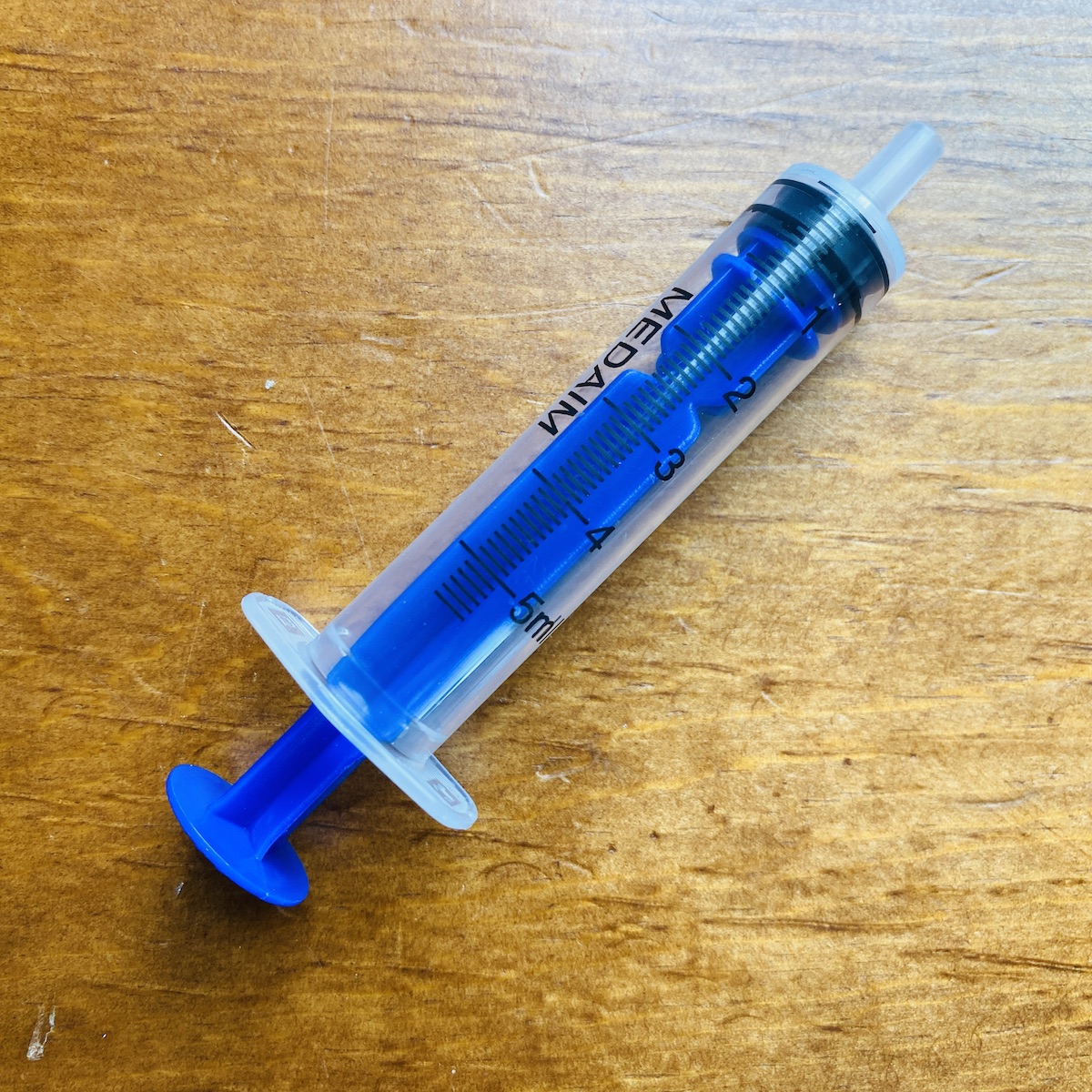





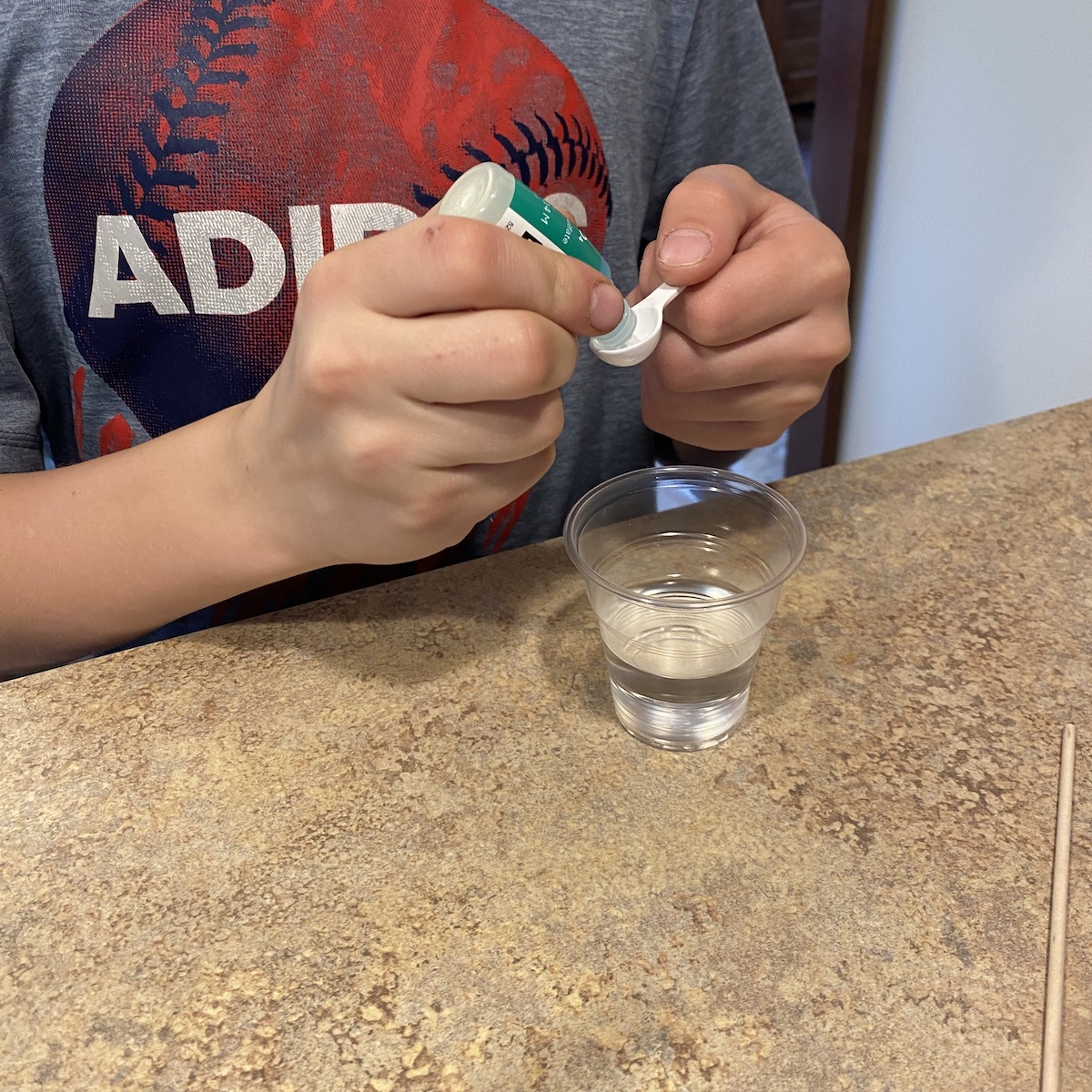










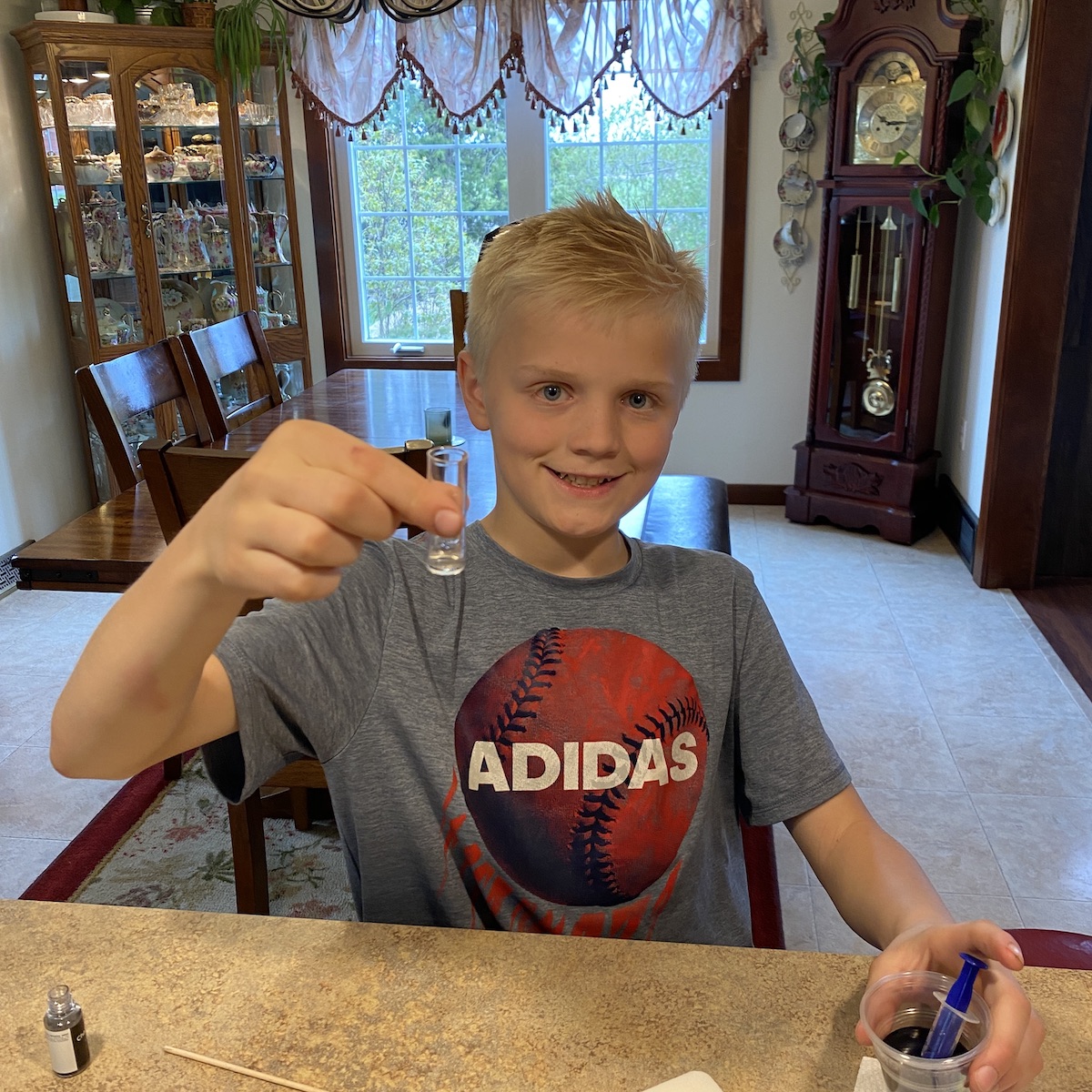




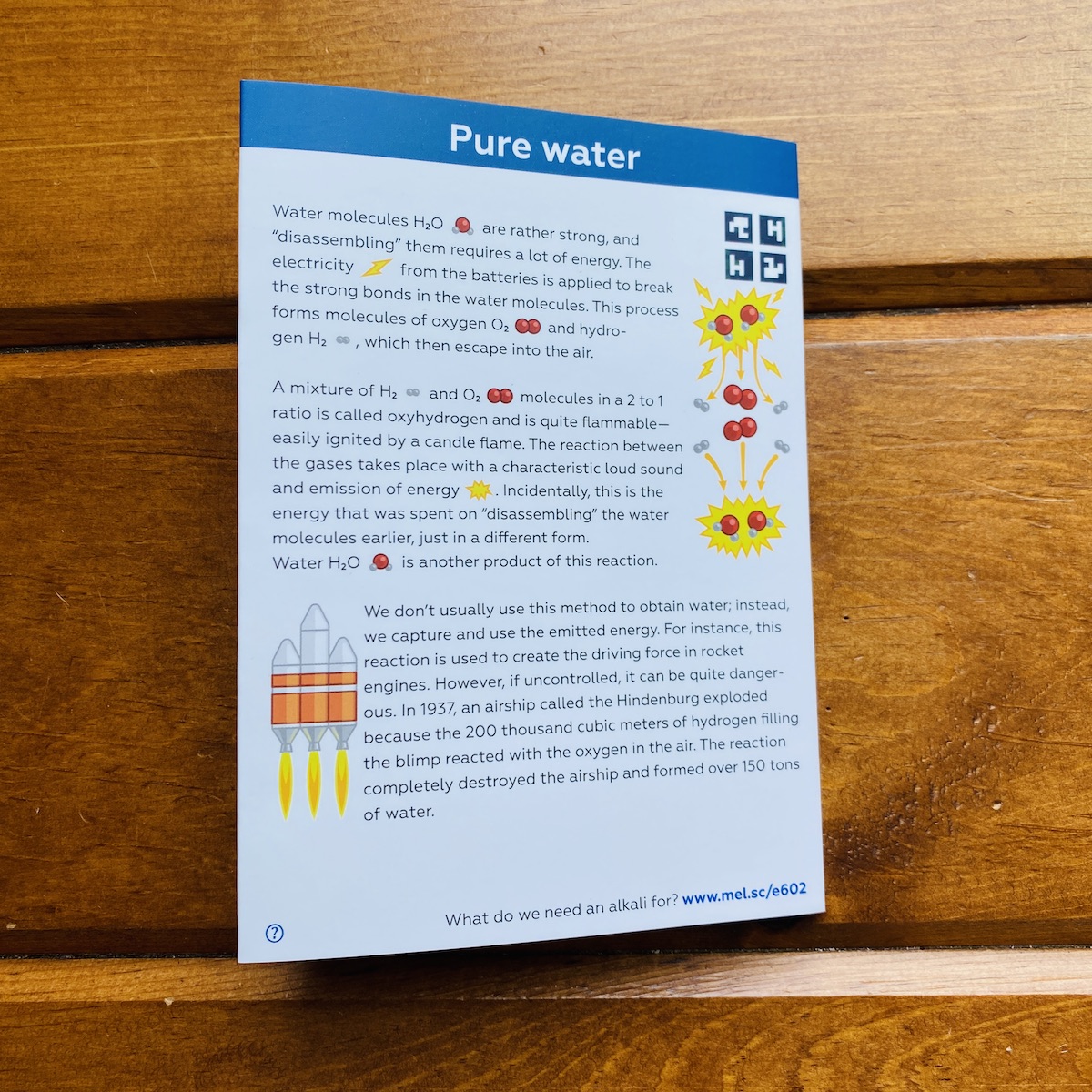






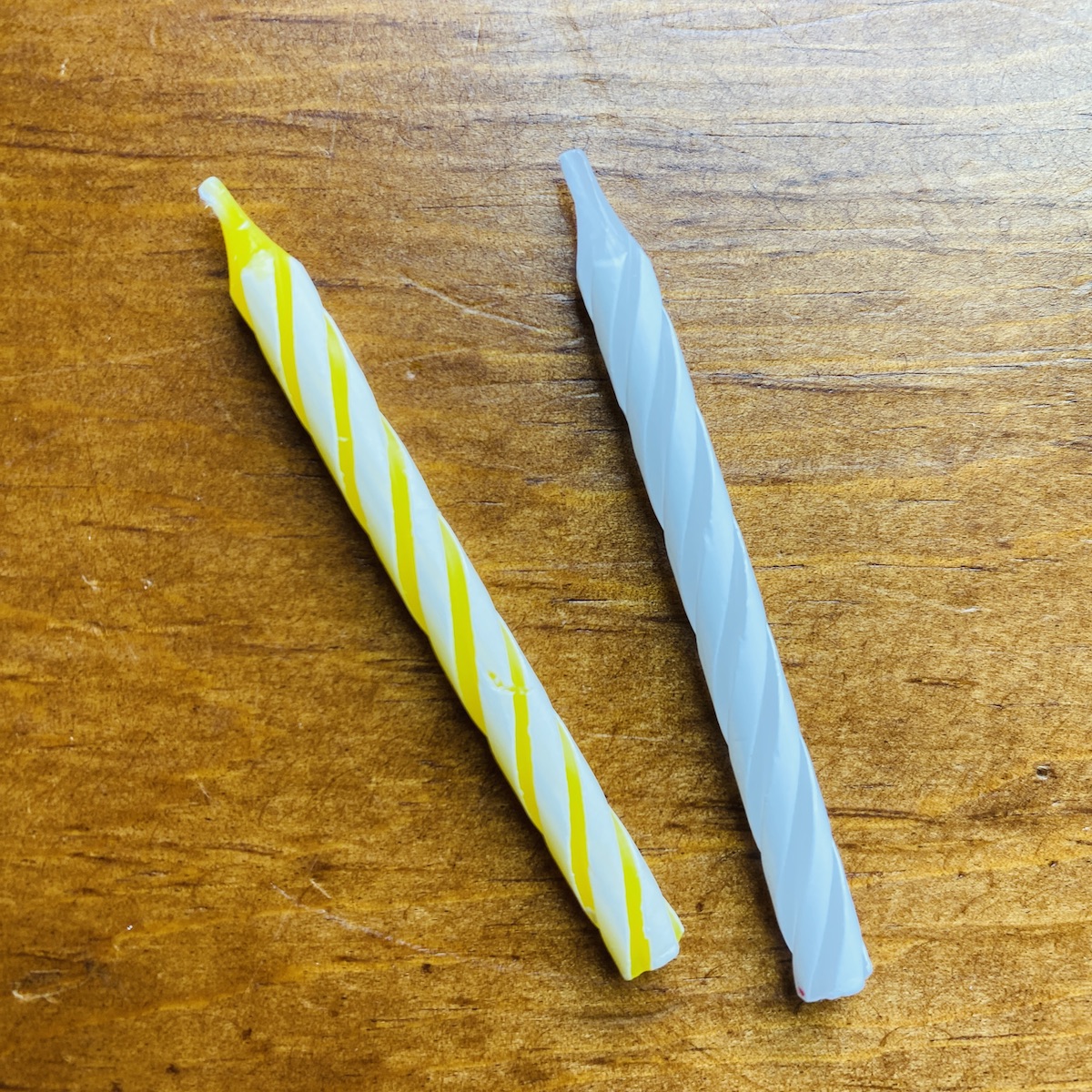






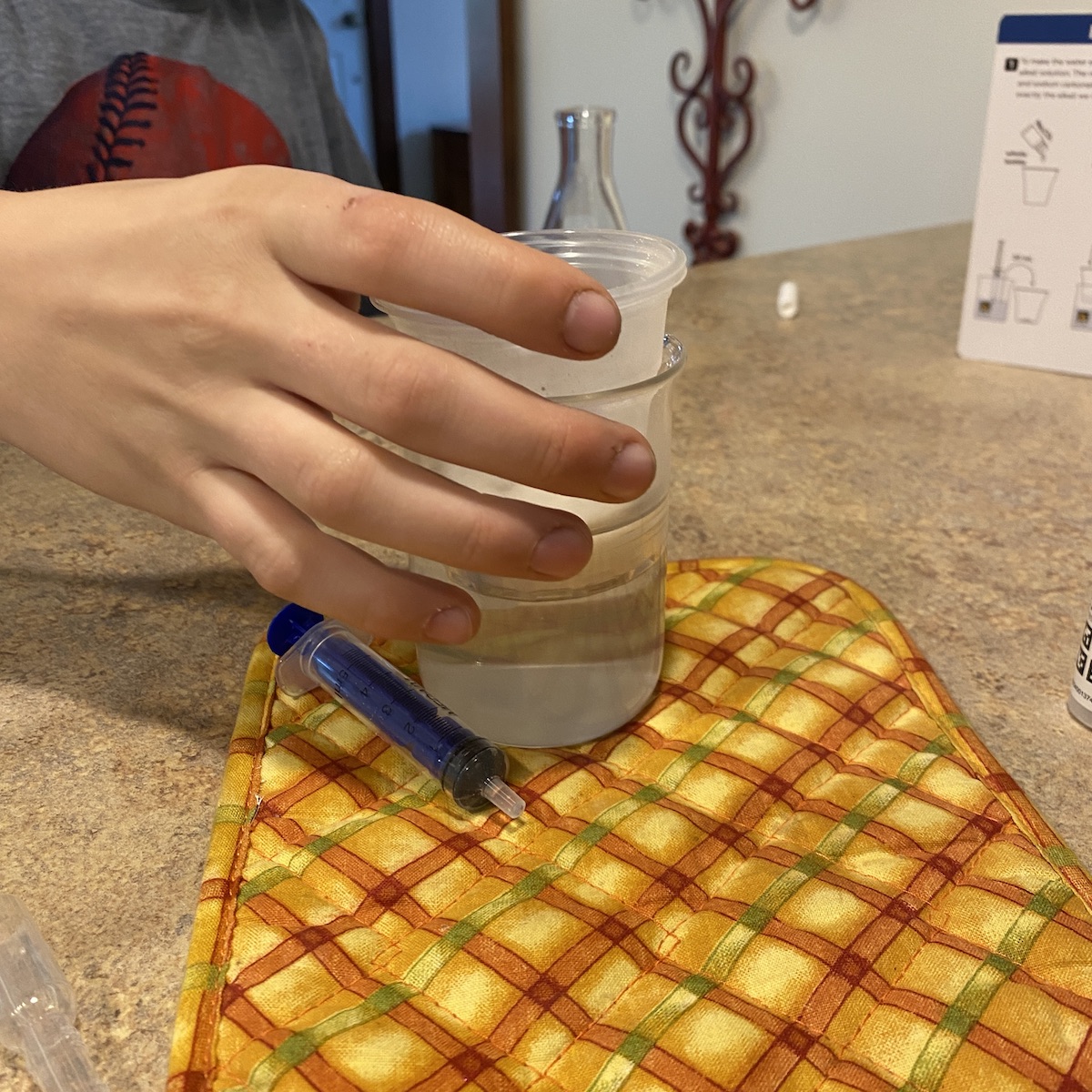
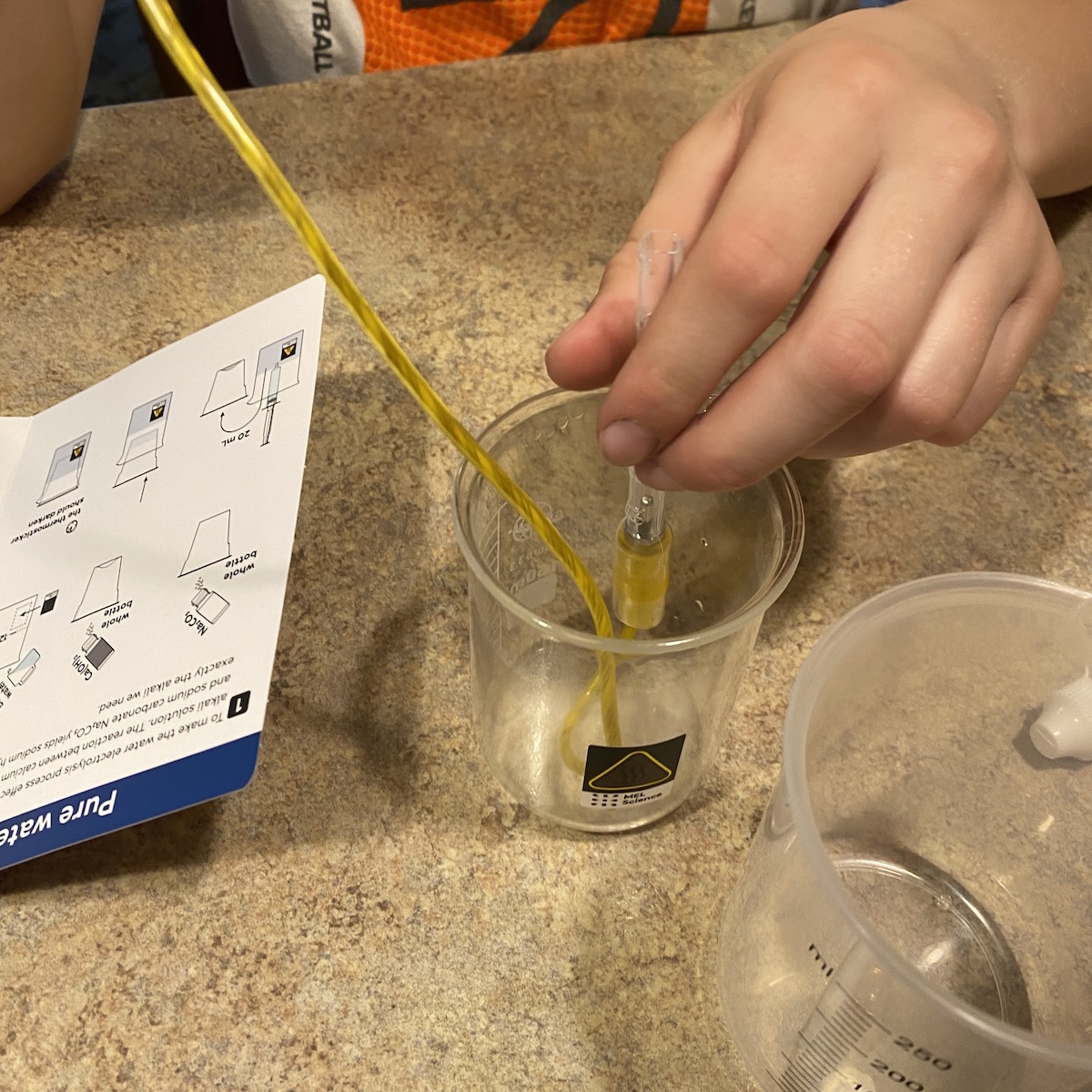







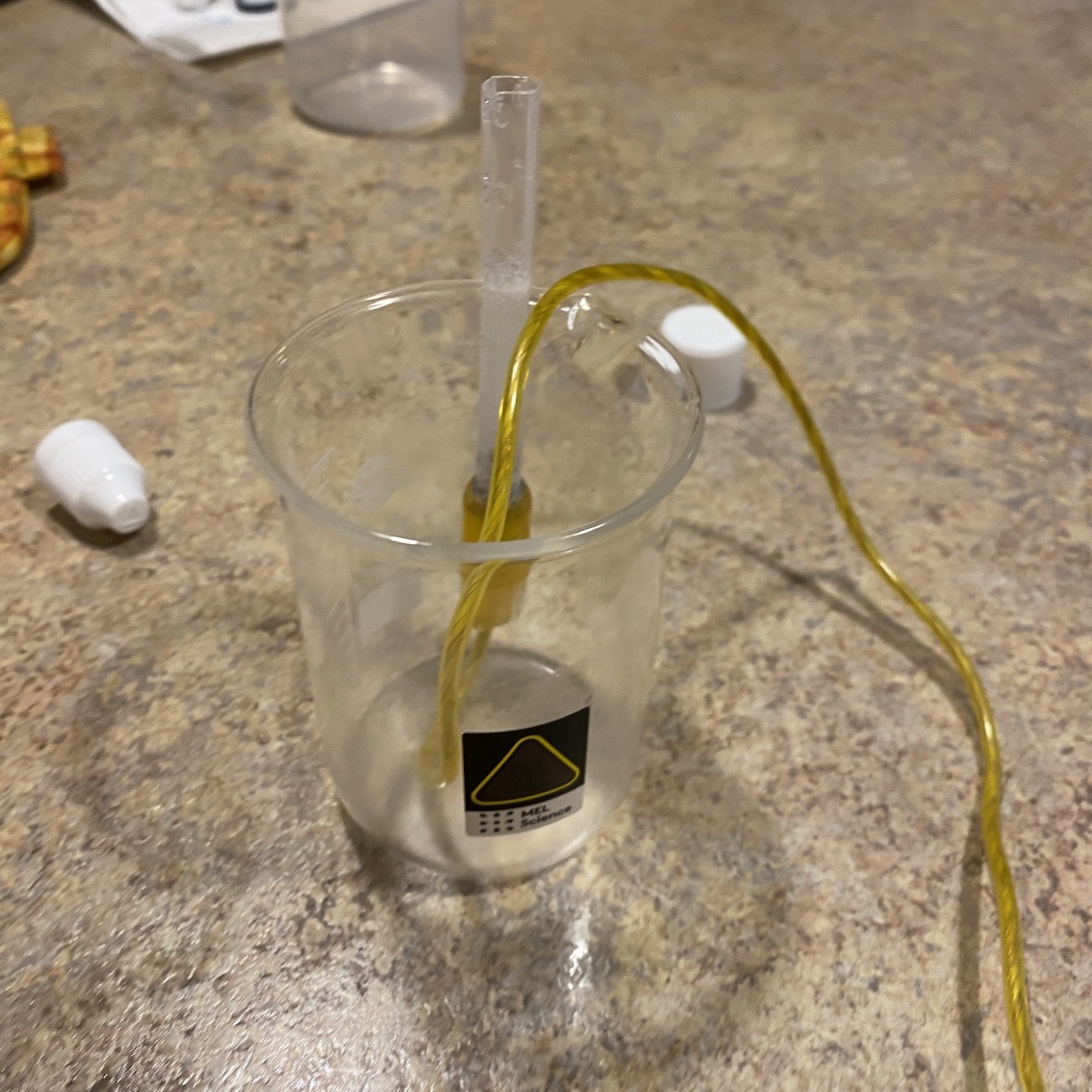



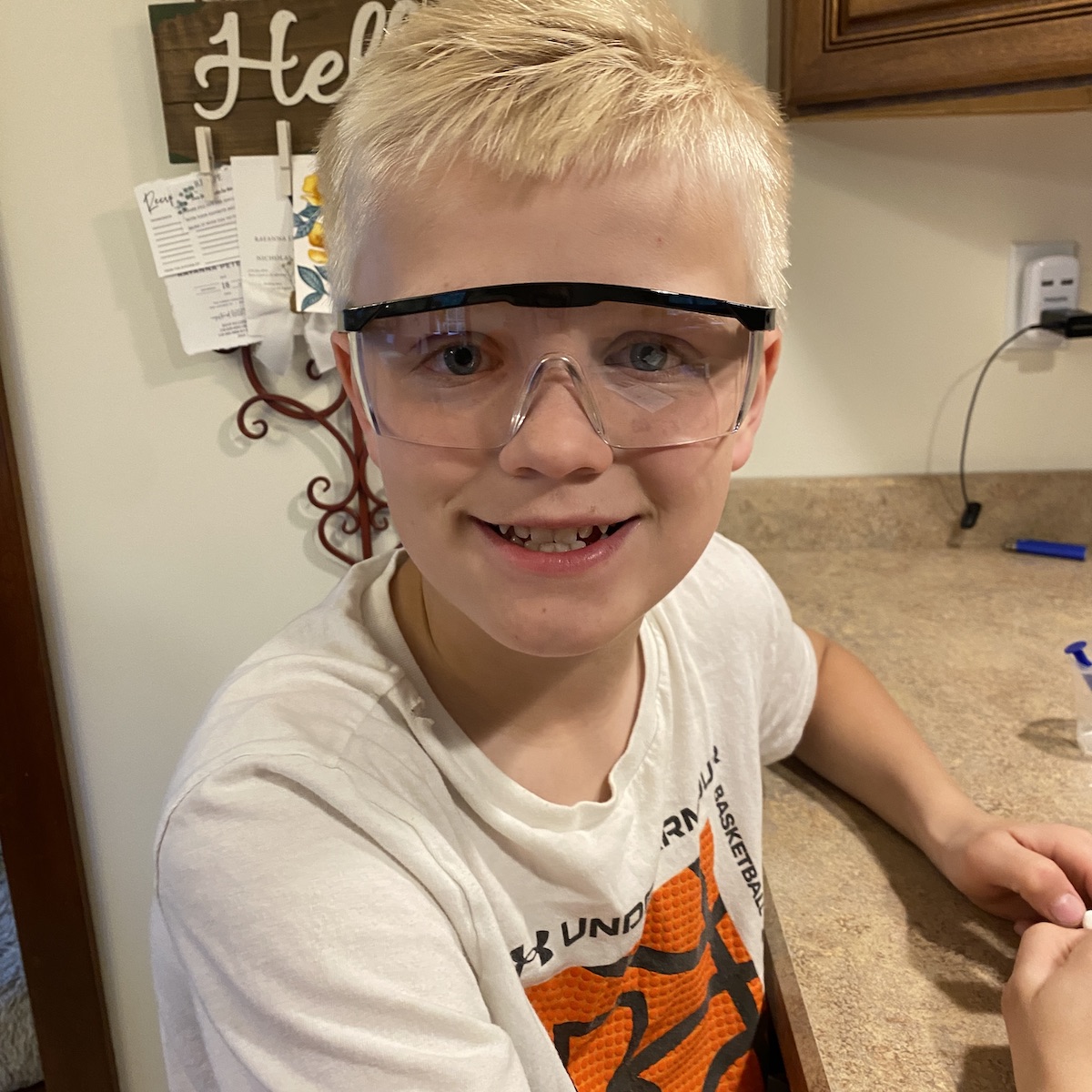



Please do not enter your email address in the Name field or in the comment content. Your email address will not be published. Required fields are marked *. Remember to post with kindness and respect. Comments with offensive language, cruelness to others, etc will not be approved. See our full comment policy here.